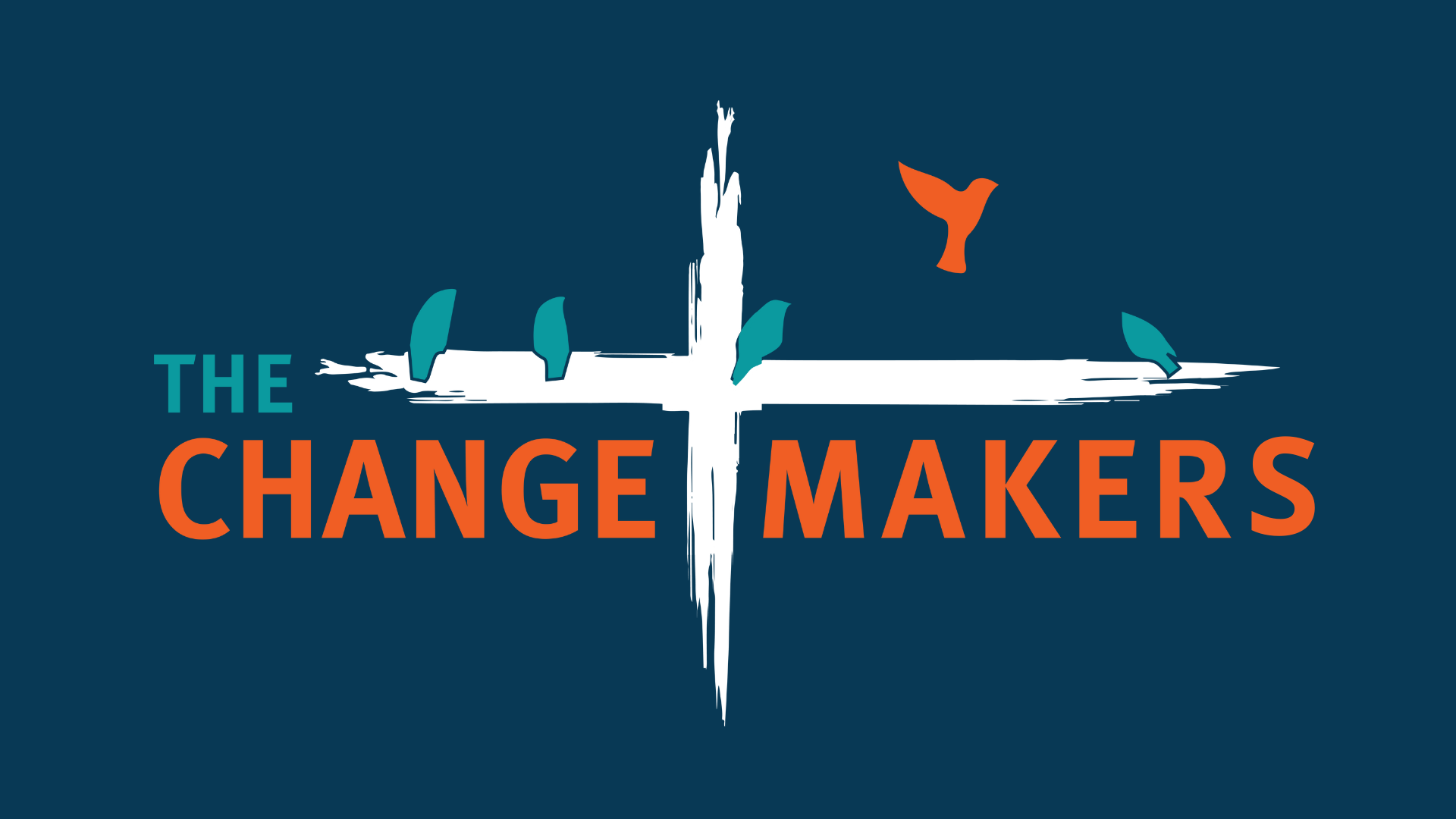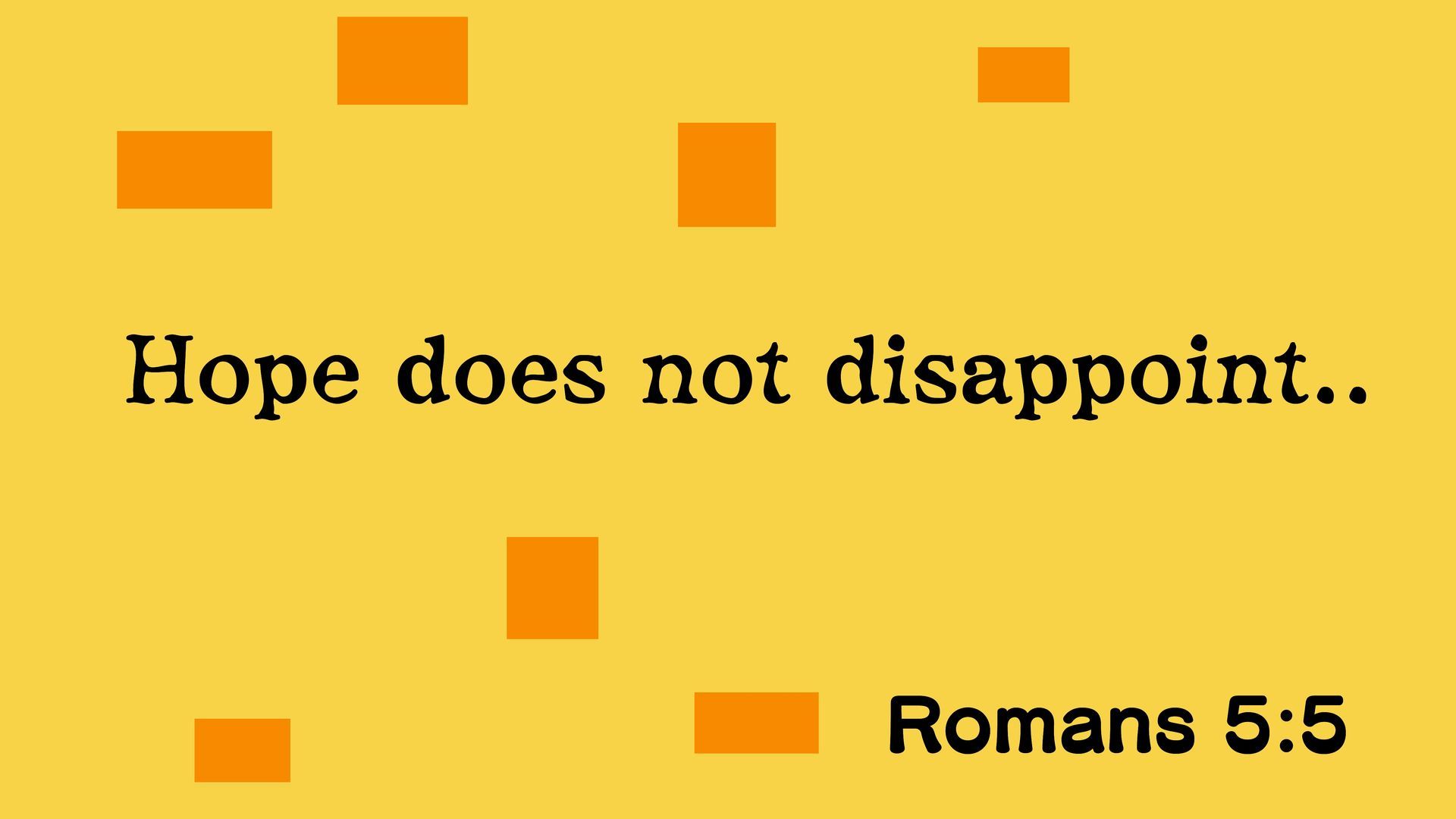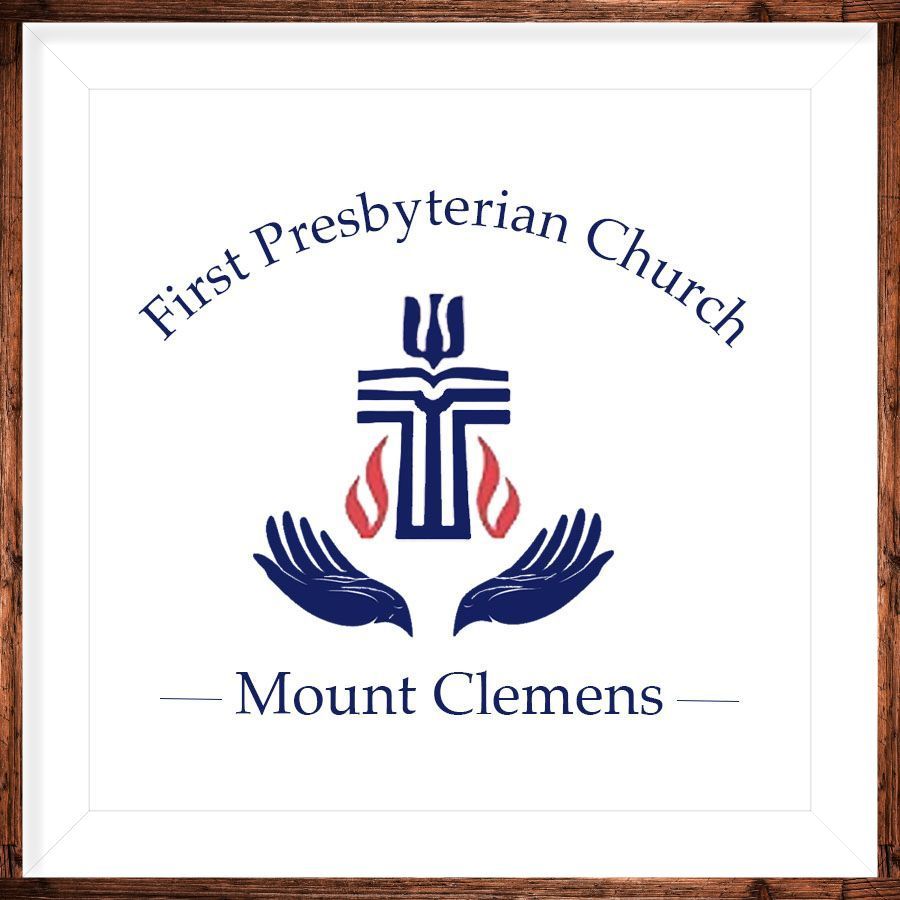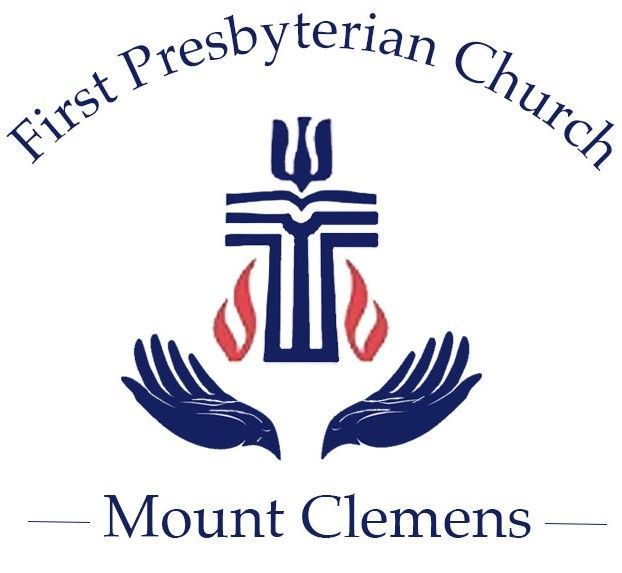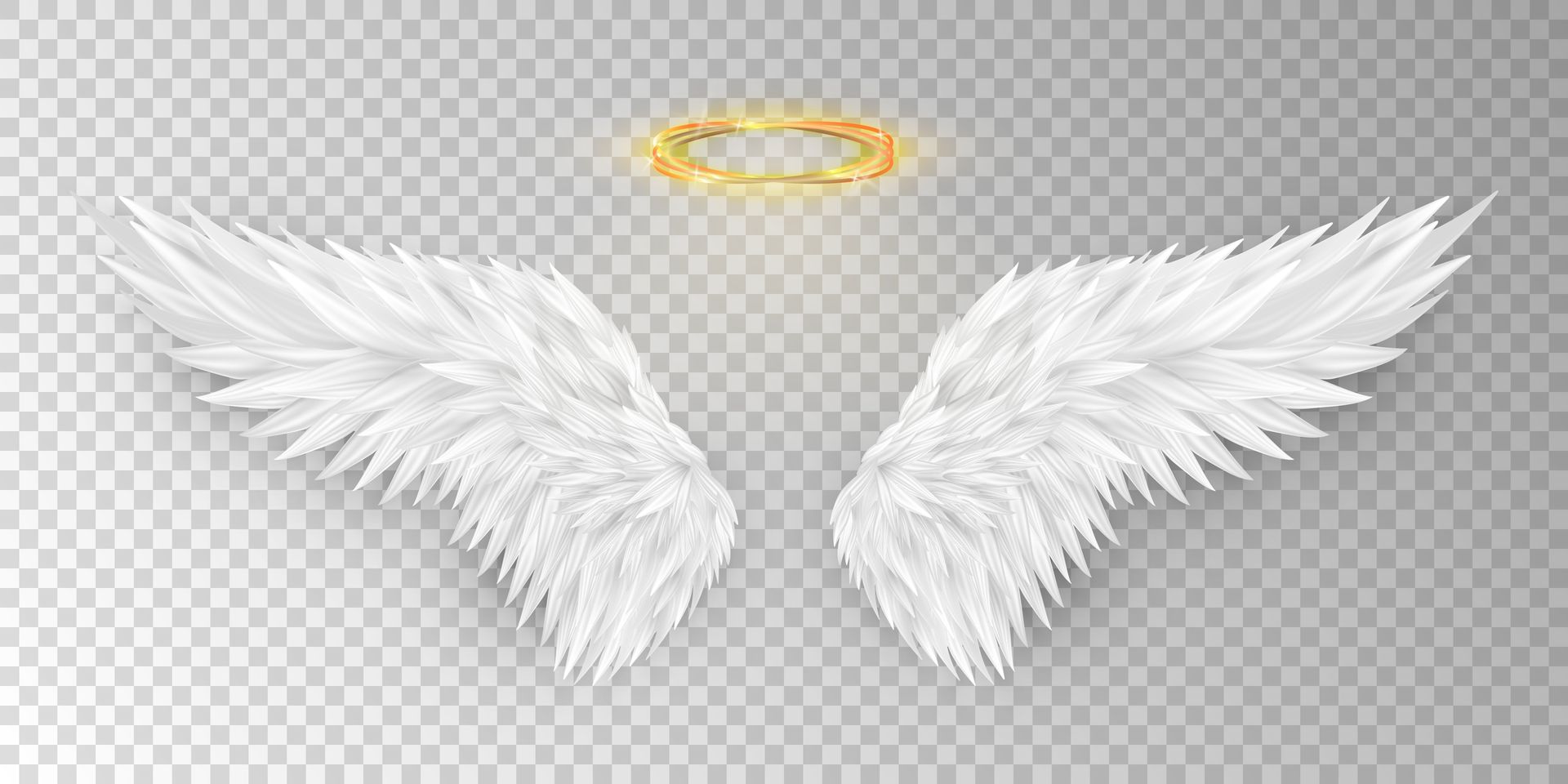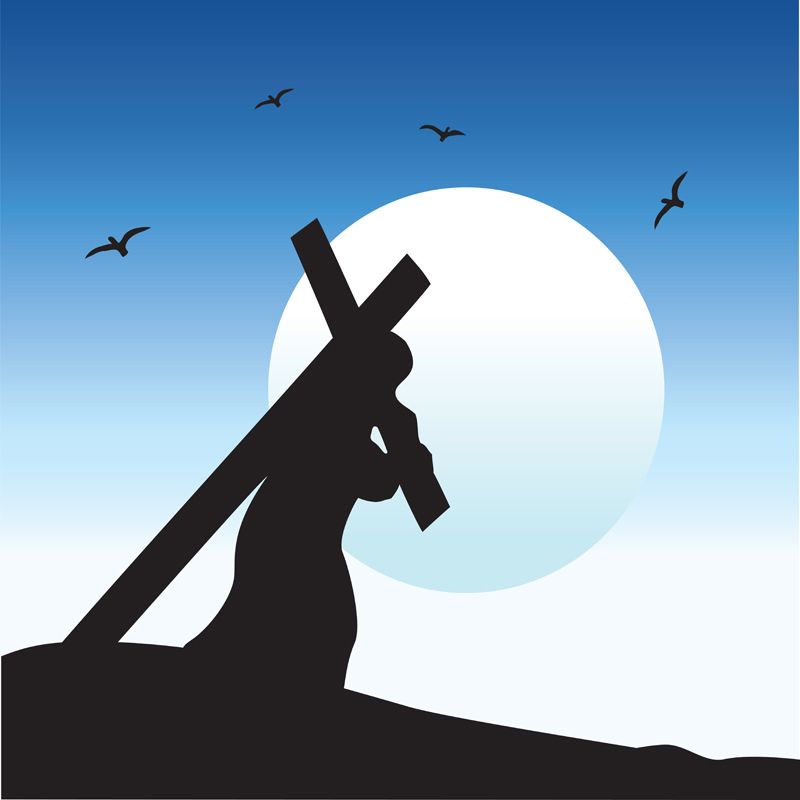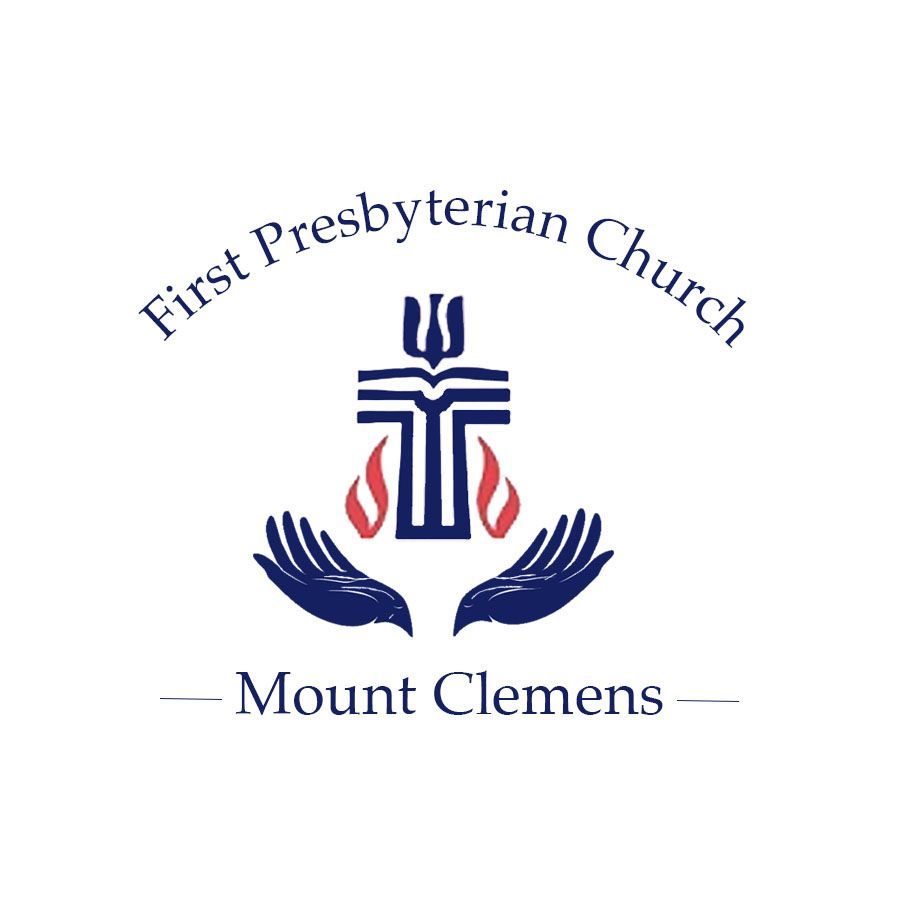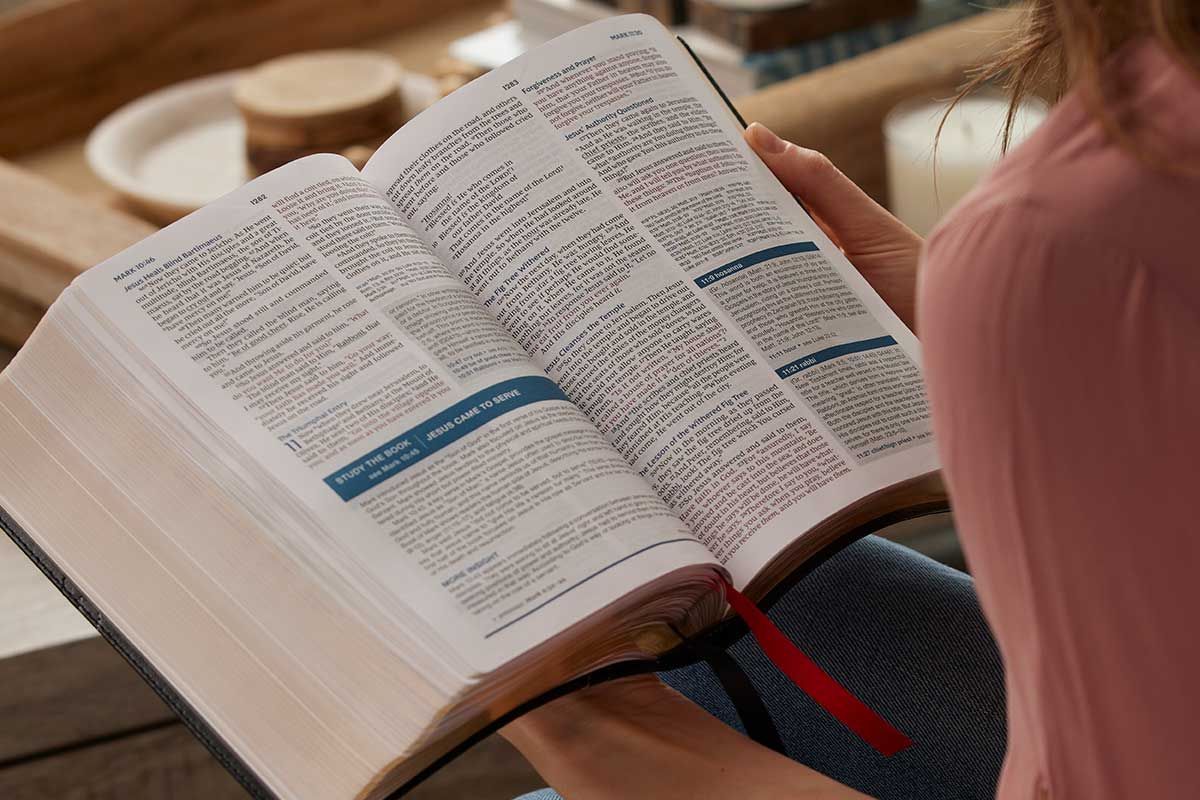
You have found a Bible that you want to read. But where do you start? There are many programs out there that helps a person to read the Bible from Genesis to Revelation in one year. I would not recommend this approach without understanding how the Bible is laid out.
In both the Old and New Testament, the books are broken down by category. In addition, there are various sources that have influenced the content of these books. Even though we believe that the Bible is inspired by God, there are different voices that tell God’s story from their perspective. Scholars believe there are four sources of material that makes up the Old Testament. (Yahwist, Elohist, Deuteronomist, and Priestly). For the beginner, what is most important to keep in mind, is that if you see a story repeat, or you sense a change in the language, the differences may be because you are hearing the different voices.
For instance, there are two creation stories. The first one is believed to come from the oral tradition of the Elohist and the second comes from the Yahwist. In Genesis 1, God is seen as a distant figure, while in Genesis 2, God is personally involved in what is happening in the Garden of Eden. Read them for yourself while thinking about the differences and similarities are between them. Listen for the different voices.
The first five books are considered the Torah or The Law books. They begin with the creation of this world and continue with the story of the early people including when God gave Moses the laws for the people to live by. They are:
Genesis
Exodus
Leviticus
Numbers
Deuteronomy
The next books are the History books of the Old Testament.
Joshua
Judges
Ruth
1 Samuel
2 Samuel
1 Kings
2 Kings
1 Chronicles
2 chronicles
Ezra
Nehemiah
Esther
The next category are the Wisdom books:
Job
Psalms
Proverbs
Ecclesiastes
Song of Solomon
The last section are the books of the Major and Minor Prophets. Hint: The minor prophets are not minor in their importance, only in their length.
Isaiah
Jeremiah
Lamentations
Ezekiel
Daniel
Hosea
Joel
Amos
Obadiah
Jonah
Micah
Nahem
Habakkuk
Zephaniah
Haggai
Zachariah
Malachi
This website gives a brief description of each of these books. https://www.biblestudytools.com/books-of-the-bible/
Now that you have an idea of the categories, you might want to start with Genesis, Exodus and the history book. Inspirational readings can be found in the Wisdom books, in particular the Psalms.
Whatever direction you choose to go in, you should read the introduction section for each book, so that you have a better idea of content, context, and purpose.
Have fun! Next week I will cover the New Testament.
